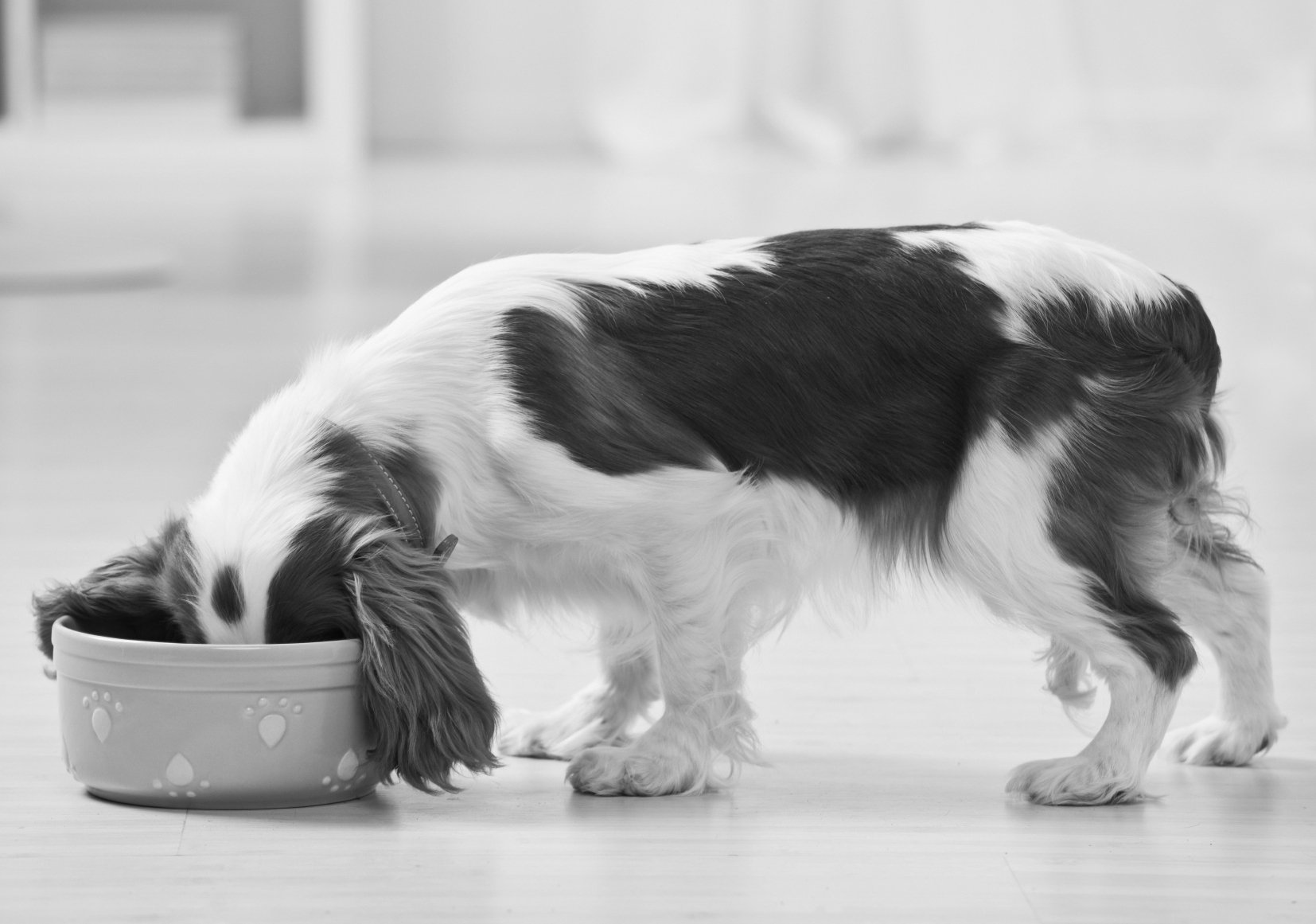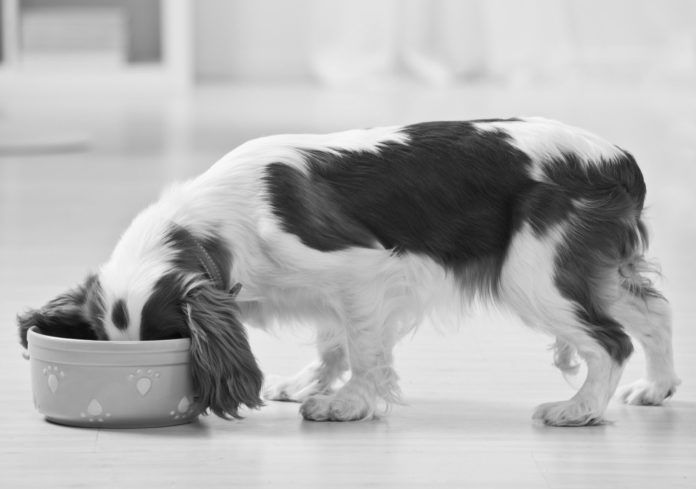A dog wouldn’t be your best bet for deciding whether to pair a Merlot or a Zinfandel with dinner. Compared to the 9,000 taste buds (give or take) on each of our tongues, a dog has fewer than 2,000. (Cats have fewer than 500.)
A dog wouldn’t make the best dining companion for a leisurely meal, either; he would no doubt be bent on finishing his entire repast before you even made your way through the appetizer. But there are reasons for his indiscriminate food tastes and indelicate table manners.
Istock


Consider that in the wild, long before dogs were fed predictably from shiny metal bowls in people’s kitchens twice a day, every single day, they hunted in packs for their food — often small prey like varmints — with no guarantee of finding sustenance. When they did find something edible, they had to gulp it down fast before other dogs got more of it. How it tasted wasn’t the point, which is why the evolution of dogs over millennia didn’t select for a huge arsenal of taste buds but did select for fast chomping. And because old genetically imprinted instincts die hard, companion dogs today continue to eat their food as if a pack of dogs is swarming around them, vying for the same calories.
The relative lack of taste buds, small bumps that occur mostly on the surface of the tongue, is what helps make dogs neophilic, meaning particularly happy to try new and novel foods. Think about how a puppy will eat, literally, anything, while young children, at least after they hit a certain age, become particularly cautious about trying new foods. They become neophobic.
Interestingly, while dogs have less than 20 percent of the taste buds that we do, they have taste receptors for certain things that are missing from our own taste bud repertoire. In addition to being able to detect sweet, salty, bitter, and sour tastes, just as people can, they have taste receptors primed to pick up on fats and certain other chemicals in meats — not surprising when you consider that in the wild, at least 80 percent of a dog’s diet is meat-based. Not only can dogs distinguish the tastes of particular meat components, they have preferences for one type of meat over another. According to research conducted in the 1970s, they enjoy beef over pork, pork over lamb, and lamb over chicken. (But, as you’re probably already aware, a dog will not refuse chicken.)
Dogs also have been said to possess taste buds ready to detect water. The taste for water is allegedly found at the tip of a dog’s tongue, which is the part that curls to lap up the liquid.
We say “allegedly” because not all researchers agree that waster is taste-able. They argue that the hydrogen and oxygen that comprise water do not have any properties that, together or separately, would allow them to be tasted. Those who do believe dogs can taste water sometimes espouse a theory that dogs evolved with an ability to appreciate the taste of H2O so they would drink enough to help dilute the salt content of their diets; meat has a relatively high sodium content. Taste buds for water or not, we’ve all seen dogs lap up water with gusto long after it seems they would have already quenched their thirst.
Of course, taste is not all in the taste buds. It’s greatly helped along by the sense of smell. If you had a cold and your nose were stuffed up, you might have a hard time determining whether you were eating an apple or a pear, for instance. Since dogs have such a superior sense of smell, that helps their sense of taste along to some degree.
But this truly is one area in which humans excel. You’d never want to go nose to nose with a dog for sniffing something out, or eye to eye for detecting a small animal moving in near darkness, or even ear to ear for picking out the tiny squeals of a scampering rodent. But we definitely make better restaurant reviewers. n
This is the last in a five-part series on the dog’s five senses. Dogs and people live in overlapping but not identical sensory worlds; we don’t share all perceptions. It’s a hard position for a dog to be in because his owner controls his life, and he can’t communicate with words what he’s experiencing. The better we understand how our dogs take in their environments, the less likely we are to become frustrated or angry, and perhaps treat our pets unfairly. And the better our bond with our canine companions will become.





